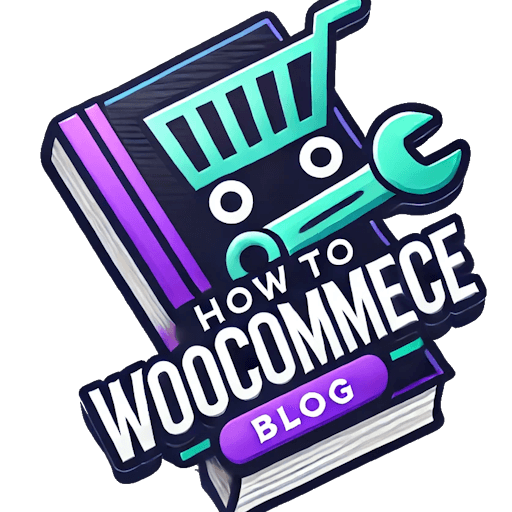# How to Handle Sales Tax in WooCommerce: A Beginner’s Guide
Selling online with WooCommerce is exciting, but navigating sales tax can feel overwhelming. Don’t worry! This guide breaks down how to correctly handle sales tax in your WooCommerce store, even if you’re a complete beginner. We’ll cover the basics and provide actionable steps to ensure you’re compliant with the law. Failing to collect and remit sales tax can lead to significant penalties, so let’s get this right.
Understanding Sales Tax Basics
Before diving into WooCommerce specifics, let’s clarify the fundamentals. Sales tax is a consumption tax charged on goods and services sold within a specific jurisdiction (state, province, etc.). The rate varies depending on your location and the type of product.
Example: If you sell handcrafted jewelry in California, you’ll need to charge California sales tax on orders shipped within California. If you ship to Nevada, you might *not* need to charge Nevada sales tax, depending on your business’s nexus (more on this below).
Key Terms to Know:
- Nexus: This is the legal connection between your business and a state that requires you to collect sales tax. Nexus can be established through physical presence (a warehouse, office), economic nexus (reaching a certain threshold of sales within a state), or affiliate nexus (through an affiliate program).
- Tax Rate: The percentage rate of sales tax applicable in a specific location.
- Tax Liability: The total amount of sales tax you owe to a state or jurisdiction.
- Sales Tax Exemption: Certain goods or services might be exempt from sales tax, depending on the state’s laws.
- Go to WooCommerce > Settings > Tax.
- Choose your tax calculation method. Generally, “Location-based calculations” is the best option for accuracy.
- Set your default country and state.
- Add tax classes for different product types if needed (e.g., one for taxable items, another for exempt ones).
- Enter your tax rates for each applicable location. Be sure to double-check that the rates are current; rates can change.
- Avalara: Integrates directly with tax authorities for accurate tax calculation across multiple jurisdictions. Generally a paid option, but it handles the complexities of nexus and changing tax laws automatically.
- TaxJar: Another popular paid option offering similar benefits to Avalara, providing automatic calculation and filing services.
- Regularly update your tax rates: Tax rates change. Stay informed about changes in your sales tax jurisdictions.
- Keep accurate records: Maintain detailed records of all sales, tax collected, and tax remitted. This is vital for tax audits.
- File your tax returns on time: Failure to file on time can result in penalties and interest.
- Consult a tax professional: If you’re unsure about any aspect of sales tax compliance, consult a tax advisor or accountant specializing in e-commerce. They can provide personalized guidance based on your specific circumstances.
Setting Up Sales Tax in WooCommerce
WooCommerce doesn’t automatically handle sales tax. You need to configure it using either built-in features or a third-party plugin.
Method 1: Using WooCommerce’s Built-in Tax Settings (Simpler, for basic needs)
WooCommerce offers basic tax settings, suitable if you only operate in one or two states with simple tax structures.
Limitations: This method can become cumbersome if you sell to many states or have complex tax rules.
Method 2: Using a Third-Party Plugin (Recommended for more complex scenarios)
For more robust sales tax management, a dedicated plugin is recommended. Popular options include:
These plugins often automate the process, reducing manual data entry and minimizing the risk of errors.
Testing Your Setup
After configuring your sales tax settings, thoroughly test your store. Place sample orders from different locations to ensure the correct tax is being calculated and displayed. Inconsistencies can lead to legal issues, so meticulous testing is crucial.
Staying Compliant: Key Considerations
Example: Handling Sales Tax in California
Let’s say you sell handmade candles online. You’re based in California and ship nationwide. You’ll need to charge California sales tax on all orders shipped *within* California. For orders shipped to other states, you’ll need to determine if you have nexus in those states. If you don’t have nexus in another state, you generally don’t have to collect sales tax from customers in that state.
This guide provides a starting point for handling sales tax in WooCommerce. Remember, accurate and timely sales tax compliance is crucial for the long-term success and legal standing of your online business. Don’t hesitate to seek professional advice if you need it.

